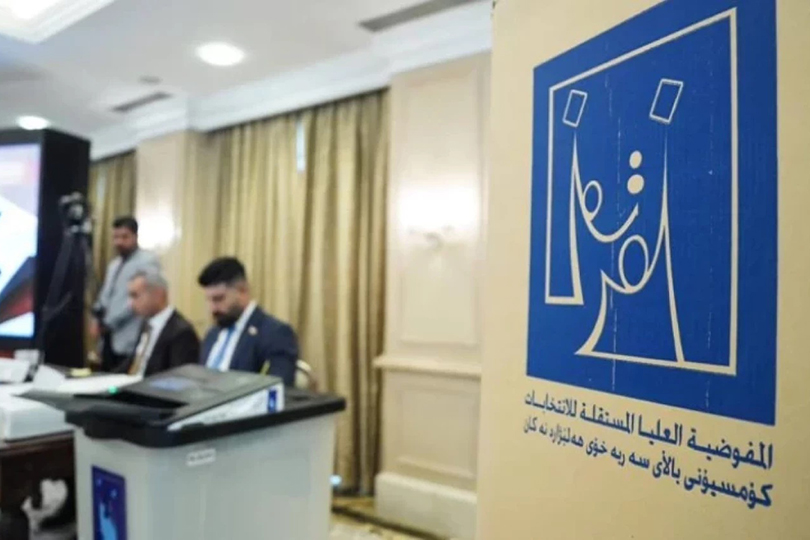By: Mohammed Al-Nasrawi
Since the establishment of the new political system in Iraq after 2003, political alliances have become one of the most prominent features of the electoral scene—perhaps even a foundational principle. With every election, the same question resurfaces: Are these alliances true national projects aimed at state-building, or are they merely electoral tactics designed to win seats and divide spoils?
Initially, alliances were formed on clear sectarian and ethnic bases. Shiite, Sunni, and Kurdish blocs emerged, appearing as natural extensions of the social and political realities shaped by years of repression and division. Over time, and with growing experience and rejection of sectarianism and quota systems, political elites began reshaping their alliances in ways that suggested pluralism and openness. However, many of these efforts often concealed purely electoral motives.
Every election season brings with it slogans like "cross-sectarian alliances" and "civil state," but the reality reveals that many of these were cross-sectarian in form only, while remaining deeply traditional in substance. Old alliances are frequently rebranded with new faces, aimed solely at maximizing votes.
Iraq has witnessed several attempts at broad electoral alliances, such as the National Coalition led by Iyad Allawi, and other alliances like Sairoon, Fatah, and The Alliance of Forces. Yet most of these alliances did not last long after the election results were announced. They often disintegrated during the government formation process, with each bloc reverting to its own interests—highlighting the fragility of the projects underlying these alliances.
Only a few alliances have tried to adopt clear, public programs addressing the economy, services, sovereignty, and national identity. But they often hit a wall of partisan interests and quota-based politics, or failed to gain popular support due to deep-seated mistrust.
The Iraqi public has become more aware than ever before. Many citizens now approach political alliances with caution, believing they do not truly represent them or reflect their aspirations for change and reform. Instead, these alliances are seen as tools to recycle old faces.
On another front, it is impossible to ignore the influence of regional and international actors on Iraqi alliance-building. Iran, the United States, the Gulf States, and Turkey all play direct or indirect roles in steering alliance dynamics based on their own interests and influence. Such interference only weakens some alliances and makes them more susceptible to external pressure, rather than being rooted in genuine national will.
The political scene appears ripe for major transformations, especially with the rise of new movements and currents. There is a real opportunity to form a comprehensive national alliance—provided it is based on clear programs, includes credible new figures, and is free from the legacy of sectarianism and quota politics.
To this day, political alliances in Iraq remain more akin to electoral tactics than true national projects. Yet hope persists. If politicians come to understand that their survival depends on a unifying project that restores public trust in the state and prioritizes national interest over narrow agendas, change is possible. Some forces do hold such aspirations, but they require popular support and momentum.
Will the upcoming elections witness a true national alliance? Or are we, as a political class and an informed electorate, still not mature enough, doomed to revolve around hollow coalitions?
The answer is not easy. But what is certain is that we are making steady progress toward a political system that could succeed and put the country on the path to advancement—and that is no small achievement.






Comments